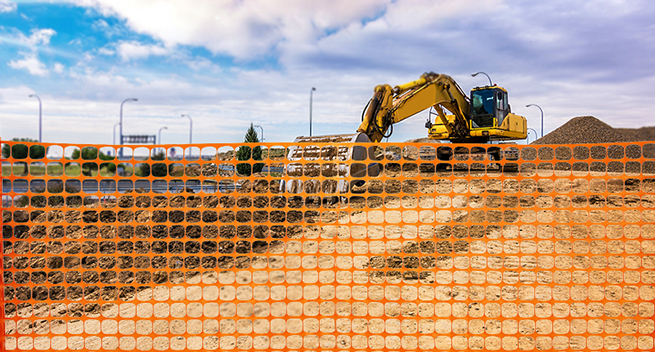Sustainable Solutions for Reducing Plastic Waste in Fishing Nets
نوفمبر . 06, 2024 17:16
The Impact of Plastic Fish Nets on Marine Life and Solutions to Mitigate Their Effects
With the rapid advancement of technology and the ever-increasing demand for seafood, fishing practices have evolved significantly over the last few decades. One of the byproducts of this evolution is the rampant use of plastic fish nets, which has raised serious environmental concerns. While these nets are essential for sustainable fisheries, their environmental implications cannot be overlooked. In this article, we will explore the impact of plastic fish nets on marine life and discuss potential solutions to mitigate their effects.
Plastic fish nets, often made from durable synthetic fibers like nylon or polyethylene, are prized for their longevity and strength. However, when these nets become lost or abandoned in the ocean, they can contribute to a significant amount of marine debris, posing a severe threat to underwater ecosystems. According to estimates, millions of tons of fishing gear, including plastic nets, are discarded into the ocean every year. This issue, known as ghost fishing, occurs when lost or abandoned nets continue to trap fish and other marine creatures, leading to unnecessary suffering and loss of biodiversity.
The consequences of plastic fish nets extend far beyond fishing losses. Marine animals, including seabirds, turtles, and marine mammals, often become entangled in these nets, which can lead to injury, starvation, or death. For example, sea turtles, which are already endangered, are particularly vulnerable to entanglement. This not only affects the individual animals but also has broader implications for marine ecosystems, as the loss of key species can disrupt the balance of the food web.
Furthermore, the degradation of plastic fish nets in the ocean can result in microplastics, which have infiltrated even the most remote marine environments. These tiny plastic particles are ingested by a wide variety of marine organisms, from planktivores to larger predators, and can enter the human food chain. The long-term effects of microplastics on human health and marine ecosystems are still not fully understood, raising alarms among scientists and environmentalists alike.
plastic fish net

Despite the grim realities surrounding plastic fish nets, there are several promising solutions to mitigate their impact. One approach involves improving fishing gear management practices. Fishermen can be encouraged to use biodegradable alternatives or materials that are less harmful to marine life. Additionally, initiatives such as gear retrieval programs can help recover lost nets from the ocean, reducing ghost fishing incidents and restoring marine habitats.
Another effective strategy is the implementation of policies aimed at regulating the use of plastic nets in commercial fishing. Governments can play a pivotal role by enforcing stricter regulations on fishing gear, promoting sustainable fishing practices, and encouraging the adoption of circular economy principles, which focus on reducing waste through recycling and reuse.
Public awareness and education also play crucial roles in addressing this issue. By engaging communities, fishermen, and consumers, we can create a greater understanding of the challenges posed by plastic fish nets and mobilize support for sustainable practices. Encouraging responsible consumer choices regarding seafood can also drive demand for sustainably sourced products and promote initiatives that protect marine ecosystems.
In conclusion, while plastic fish nets are an integral part of the fishing industry, their environmental repercussions cannot be ignored. The impact on marine life, combined with the rising issue of microplastics, calls for urgent action. By embracing innovative solutions, improving fishing practices, implementing effective policies, and fostering public awareness, we can mitigate the detrimental effects of plastic fish nets and move towards a more sustainable future for our oceans.




















